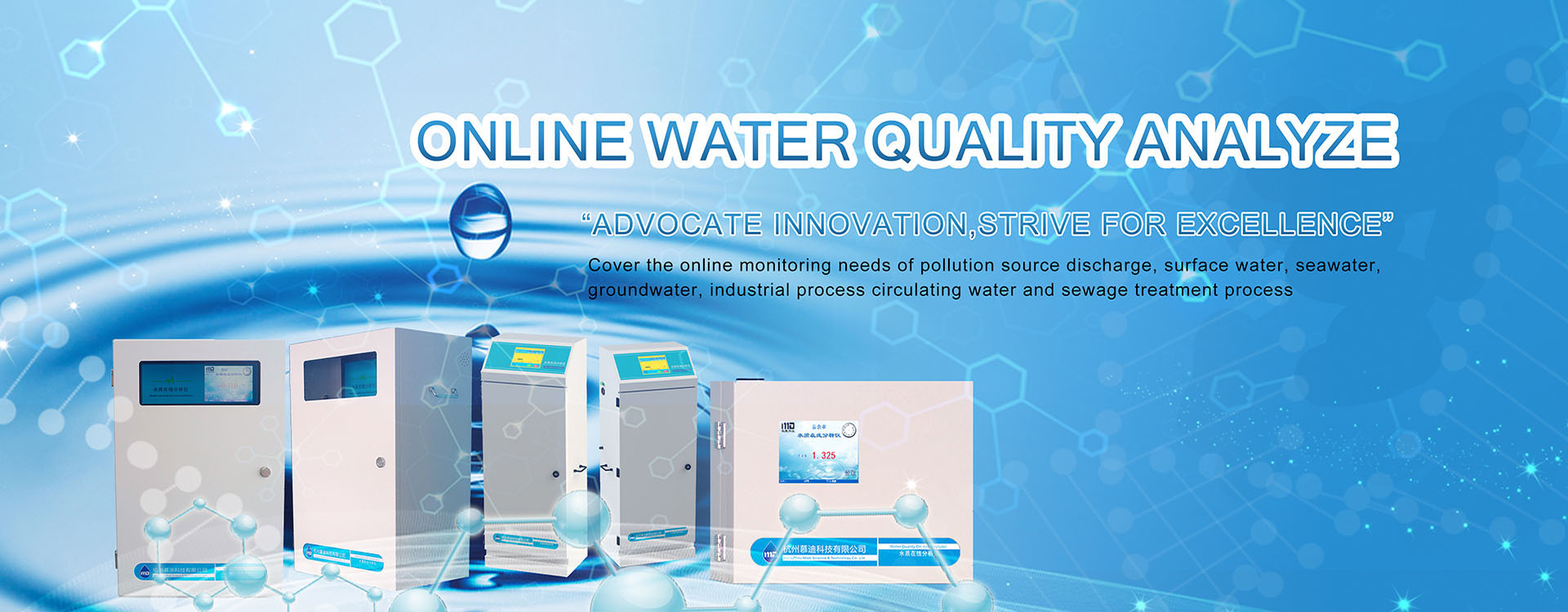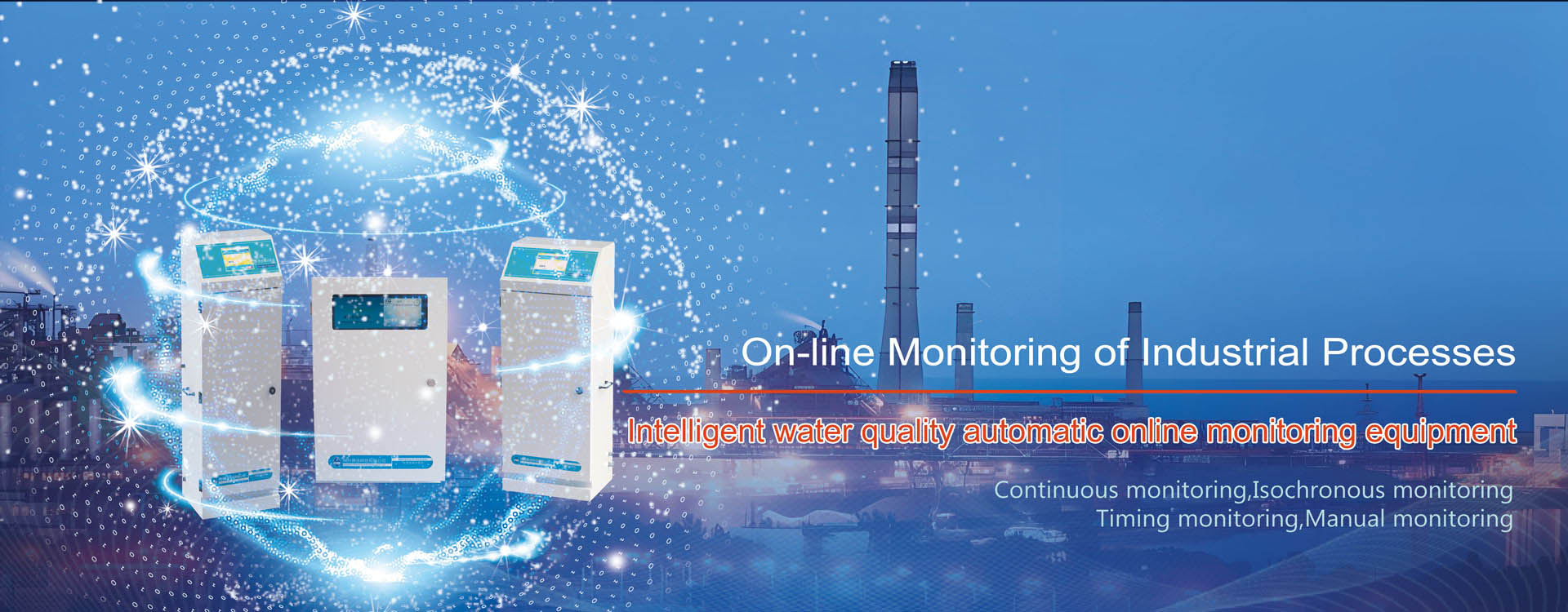Coliform bacteria are common indicators in online monitoring of medical wastewater, but is it also necessary to monitor coliform bacteria in drinking water? This is for sure! In this chapter, the editor will discuss with everyone the issue of monitoring coliform bacteria in drinking water.
What is the purpose of monitoring coliform bacteria in drinking water? There are many microorganisms in natural water bodies. However, if you want to determine whether there are pathogenic microorganisms in the water quality, it is necessary to monitor each type of pathogenic microorganism. There are a large number of coliform bacteria in the intestines of humans and other warm-blooded animals. Once drinking water is contaminated by feces, it is easy to detect coliform bacteria in the water body. Moreover, the resistance of this coliform bacteria to disinfectants is similar to that of other intestinal pathogenic bacteria. Once the coliform bacteria are eliminated, the pathogenic intestinal bacteria caused by humans can also be eliminated at the same time. In view of the common characteristics of pathogenic microorganisms, coliform bacteria can be selected as one of the indicator bacteria of pathogenic microorganisms. The content of coliform bacteria in water will reflect to a certain extent the contamination of water quality by pathogenic microorganisms. Coliform bacteria are an important reality in the evaluation of water quality hygiene!
To ensure the safety of drinking water, it is essential to comply with the relevant standard “Hygienic Standard for Drinking Water”, which clearly states that coliform bacteria are one of the important indicators for water quality monitoring.
What consequences will there be if the coliform bacteria in the water are ignored? Coliform bacteria were proposed as indicators of fecal contamination. The detection of coliform bacteria often indicates that the water quality has been contaminated by feces. (When coliform bacteria are detected, thermotolerant coliform bacteria and Escherichia coli can be further tested to determine whether the coliform bacteria come from human and animal feces or from natural environments such as plants and soil.) In addition to the common normal bacteria, there may also be some intestinal pathogenic bacteria in feces (such as Salmonella, Shigella, etc.). The degree of fecal contamination reflects the degree of harm to human health.
The instrument used to detect coliform bacteria in drinking water is called “Coliform Bacteria Online Analyzer“, and the method adopted is the enzyme substrate method.




